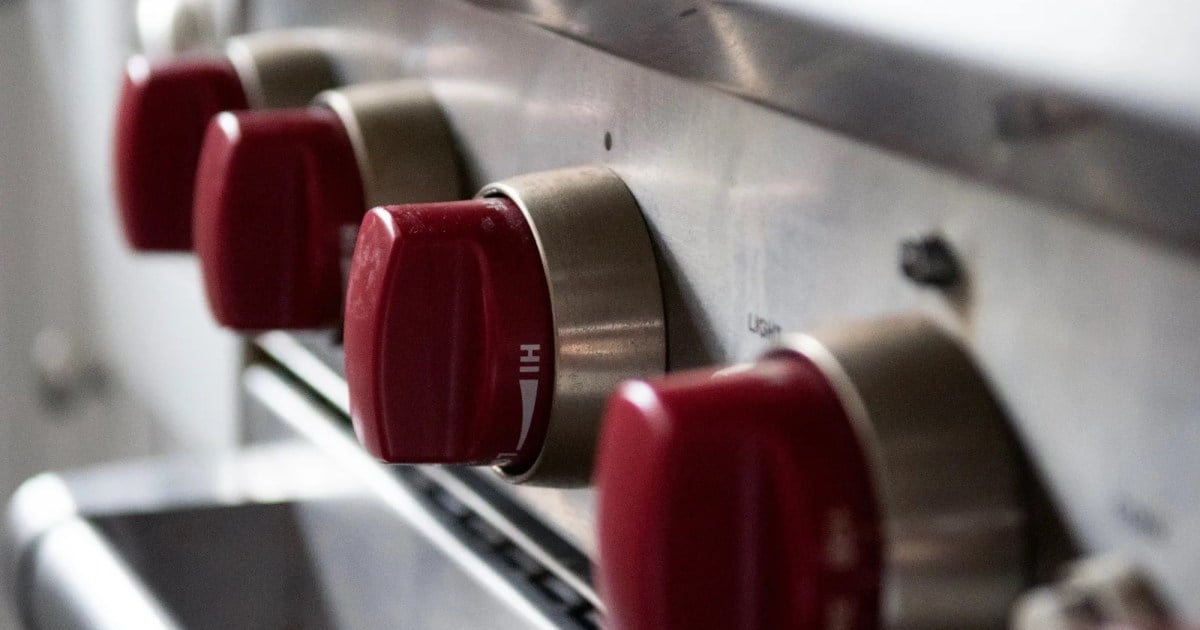248
Highlights: A study this summer found that using a single gas stove burner on
high can raise levels of cancer-causing benzene above what’s been observed from
secondhand smoke. A new investigation by NPR and the Climate Investigations
Center found that the gas industry tried to downplay the health risks of gas
stoves for decades, turning to many of the same public-relations tactics the
tobacco industry used to cover up the risks of smoking. Gas utilities even hired
some of the same PR firms and scientists that Big Tobacco did. Earlier this
year, an investigation from DeSmog showed that the industry understood the
hazards of gas appliances as far back as the 1970s and concealed what they knew
from the public. It’s a strategy that goes back as far back as 1972, according
to the most recent investigation. That year, the gas industry got advice from
Richard Darrow, who helped manufacture controversy around the health effects of
smoking as the lead for tobacco accounts at the public relations firm Hill +
Knowlton. At an American Gas Association conference, Darrow told utilities they
needed to respond to claims that gas appliances were polluting homes and shape
the narrative around the issue before critics got the chance. Scientists were
starting to discover that exposure to nitrogen dioxide—a pollutant emitted by
gas stoves—was linked to respiratory illnesses. So Darrow advised utilities to
“mount the massive, consistent, long-range public relations programs necessary
to cope with the problems.” These studies didn’t just confuse the public, but
also the federal government. When the Environmental Protection Agency assessed
the health effects of nitrogen dioxide pollution in 1982, its review included
five studies finding no evidence of problems—four of which were funded by the
gas industry, the Climate Investigations Center recently uncovered. Karen
Harbert, the American Gas Association’s CEO, acknowledged that the gas industry
has “collaborated” with researchers to “inform and educate regulators about the
safety of gas cooking appliances.” Harbert claimed that the available science
“does not provide sufficient or consistent evidence demonstrating chronic health
hazards from natural gas ranges”—a line that should sound familiar by now.
omg, is this for real? weird how recent conspiracy rumbling about gvmnt taking away gas stoves may have been covering for a real conspiracy. First I’ve read about benzene in stove fumes. Like cooking w/gas



I got an induction hotplate for around $50. Took one of the burners and grate out of my gas stove & put the hotplate there. It’s great for day-to-day, and the other burners are still there if I want to make a production.
I have a cheap induction hot plate and while it boils water extremely fast it still burns things on low heat because it’s just cycling max power on and off at set intervals. I don’t like it for anything that needs long, low, and slow cooking because it will burn it
That’s true with any electric heater element. It’s called pulse width modulation (PWM) and is actually very effective when done properly. Seems like the frequency is too long on yours. It should be cycling many times per second, meaning the full power is only on for milliseconds at a time, nowhere near enough to actually burn things.
Even a cheap Arduino is capable of PWM at 16MHz (16 million duty cycles per second; we’re talking microseconds here now). So I’d think even a cheap one should have good PWM control, but I guess you get what you pay for.
I don’t know about proper induction cooktops, but the hot plates all seem to use mechanical relays to switch power, so they’re limited to far less than 16 MHz. Most seem to use regular, industrial controls that operate at more like 1-0.1 Hz.
I honestly don’t think you’d want to use anything but a mechanical relay to switch 10-15 amps. Do that with a solid state relay, and you’re going to waste 15-25 W in a small package that will have to be radiated somewhere.
I read a bunch of reviews from reputable sites and bought what they said was the best. Apparently they couldn’t even spring for an Arduino because the pulse widths are seconds long.
It’s not the logic that’s expensive, it’s the solid state relay suitable for high power, high frequency switching
By “expensive” we’re still only talking a dollar or two. It’s not going to spike their cost to the point where it would be prohibitive to them.
I don’t need MHz switching. A few kHz would be better than just turning it on for 1 second out of 10 for “low power.”
Still can’t do it with a cheap SSR or a mechanical relay
That’s $50 food money bro, it’s 2023
What are you gonna buy with $50? One banana?
Realistically? A shitton of instant yakisoba and overstuffed ravioli
You’re complaining about food prices and you’re buying premade food? What a joke. Do you know how much rice, beans and greens $50 gets you?
deleted by creator